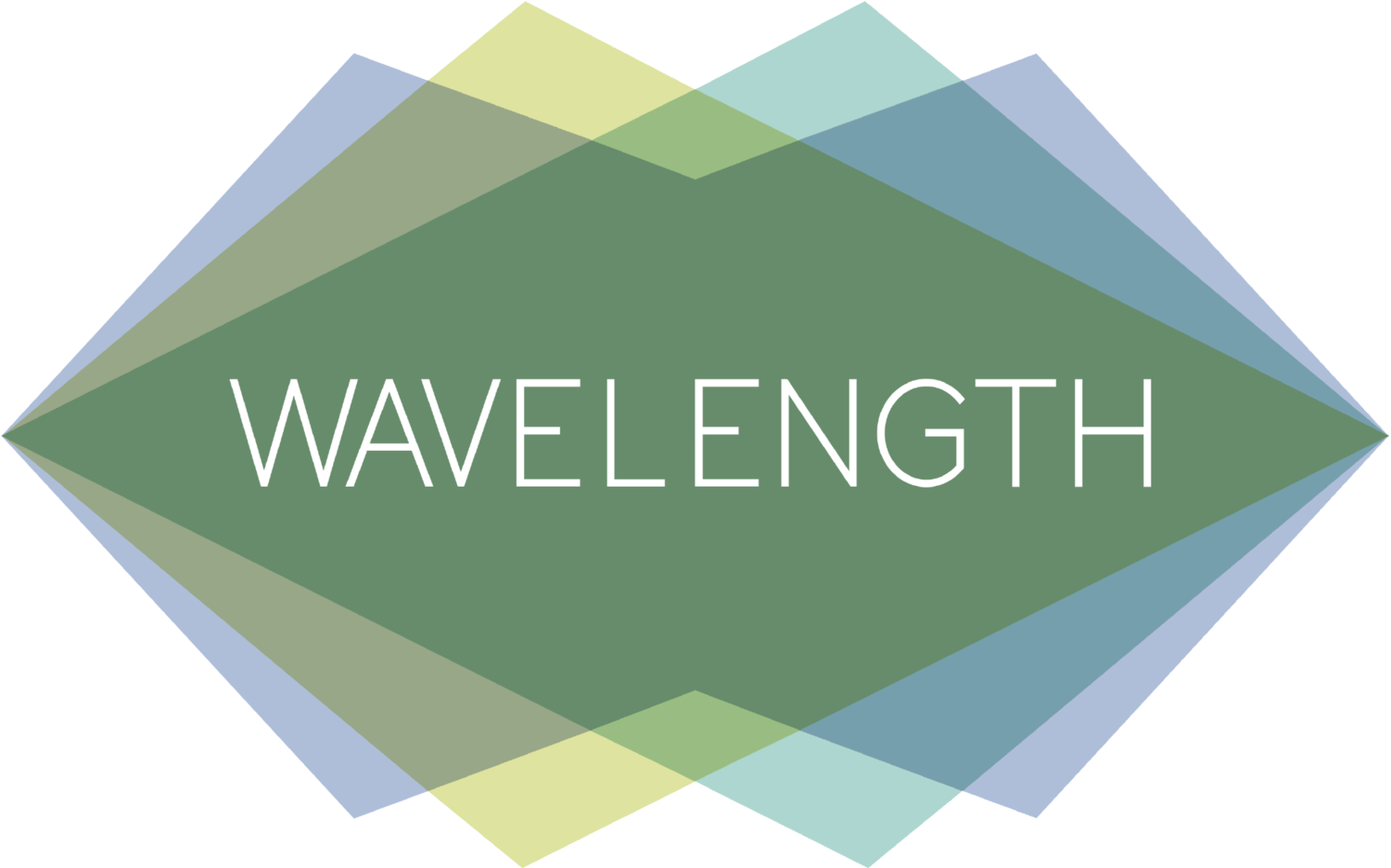Lighting can be a complicated part of any construction project. It usually goes something like this: a lighting distributor will receive a BOM, supply equipment, and that's about it. Wavelength does things differently.
Working with ConEdison on lighting incentive projects
Installing LED lighting saves on energy costs because of the significant reduction in energy consumption when switching from traditional lighting like incandescent and fluorescent to LEDs. To incentivize the installation of LEDs and reduce strain on our energy grid, ConEdison has a few rebate programs in place to encourage such projects and reduce their cost.
Creating a COVID-19 workplace health & safety plan
On October 29th, the CDC released new sanitation guidelines for office buildings, including a 3-step approach on how to properly protect your workplace against COVID-19. Here at Wavelength, we’ve seen a few of our office clients implement this approach, and we wanted to share these effective methods to keep employees safe as offices return to in-person work.
When data science meets lighting—how we built our bulb detection app
How does Far-UVC light compare to UVC?
The use of UVC light as a disinfection method has gained a lot of traction over the past few months since the start of the Coronavirus/COVID-19 pandemic. And, more recently, “Far-UVC” light has garnered attention as a safer alternative to traditional germicidal UVC light. The difference between Far-UVC and UVC lies in where each sits on the electromagnetic spectrum—and how much we know about it.
What you should know before purchasing germicidal UVC equipment
Whether or not a product will be effective against Coronavirus is dependent on a few factors: the length of time the virus is exposed to UV, the intensity of the irradiation, and the wavelength of the UV radiation. With that in mind, here are a few things to look out for when purchasing germicidal UVC equipment.
Cares Act funding for UVC disinfection equipment
Anti-Covid Air: Bipolar Ionization vs. UVC for Coronavirus Disinfection
Popular Disinfection Methods Used Against Covid-19
CDC Guidelines and UV light
How UVC Light Kills the Coronavirus
The kind of ultraviolet light that's used in germicidal light fixtures is UVC. UVC is one of three types of rays produced by the sun (visible light, ultraviolet rays, and infrared), but is blocked from reaching us by the Earth’s ozone. The wavelength of UVC is between 200 and 280 nm, and only UV lamps of this wavelength have been proven to inactivate the Coronavirus.
What's New in the 2020 energy code
The 2020 code is similar to the 2016 code of the same name, but every piece is a bit more stringent, all adding up to a better, more efficient building. The code includes things like insulation and fenestration requirements, whole building energy monitoring, more efficient lighting power requirements, and additional lighting controls.
First steps for LL97 Compliance
How do we push forward? For business and building owners, it’s solutions that make business sense. The crux of LL97 is reducing building emissions. The most effective way of reducing emissions is by saving energy across all areas of your building's consumption. This includes everything from heating and cooling to HVAC, building envelope, and lighting.
Lighting the way to workplace wellness in your office
Lighting can often be overlooked as an area to incorporate wellness into a workplace, but it has way more to do with your health than you might expect. So what is it about lighting that is so crucial for creating a productive work environment? Well for one, poor lighting isn’t just uncomfortable, it’s unhealthy.
Understanding NYC's Energy Codes
How to make sure your LED retrofit goes right
Retrofitting New York City
7 Myths About LEDs
The ABCs of re-lamping: what "type" of LED is right for you?
In the early days of your LED re-lamp project, you’ll need to determine whether you’ll be using a Type A, B, or C replacement. The differences in each stem from whether a ballast or driver is being used and how the LED is connected to the power source. How that power gets to your lamp depends on the type of fixtures and ballasts you already have in place.





















